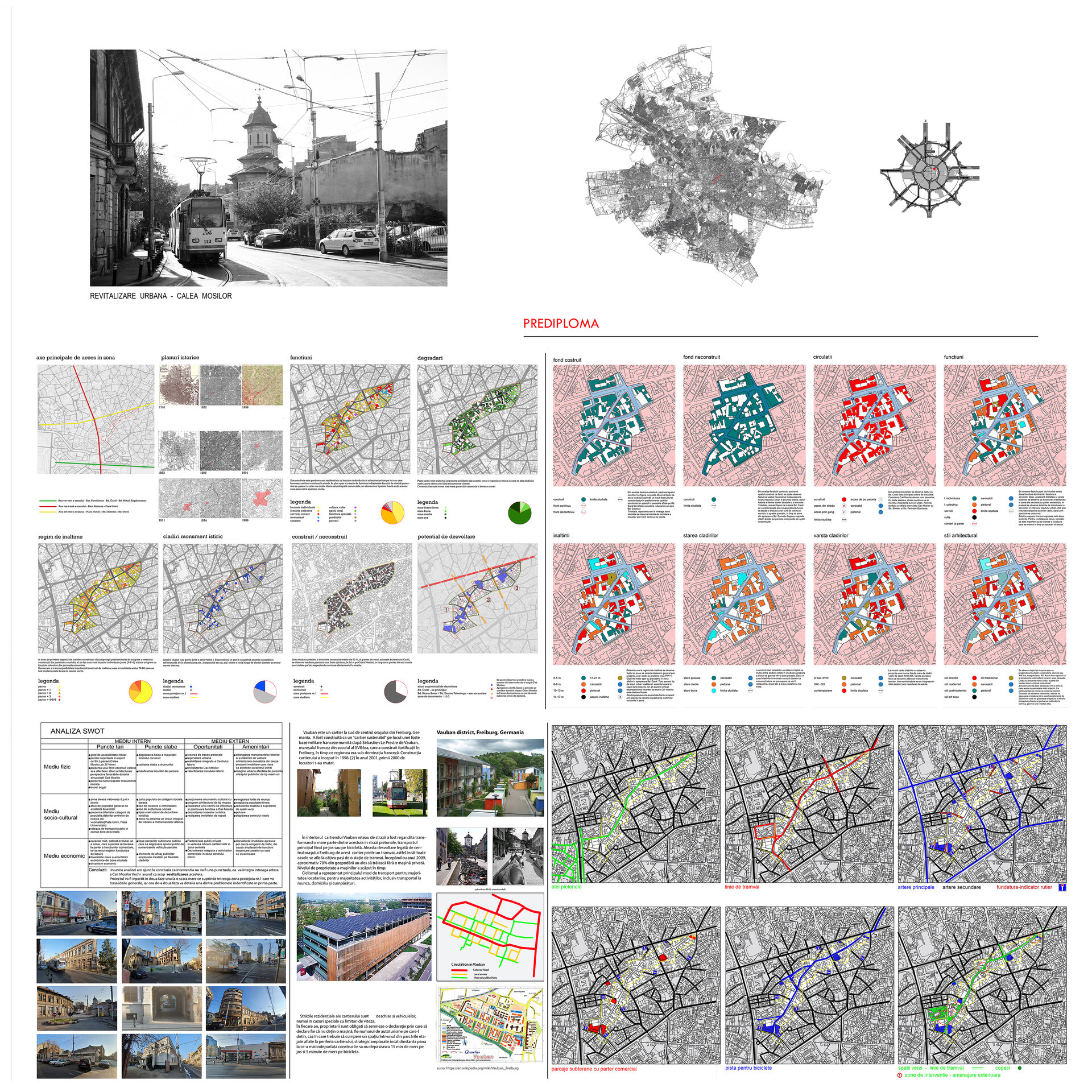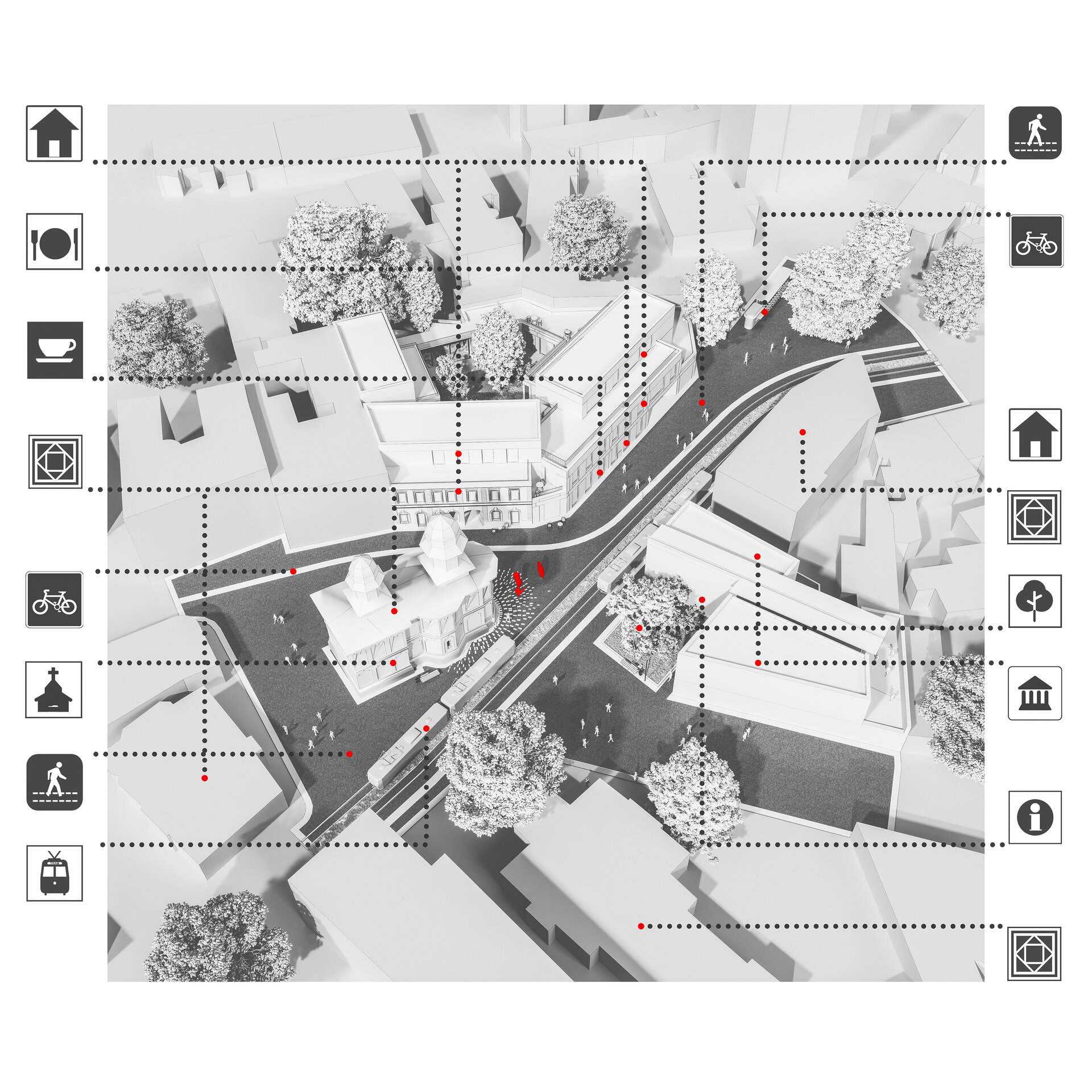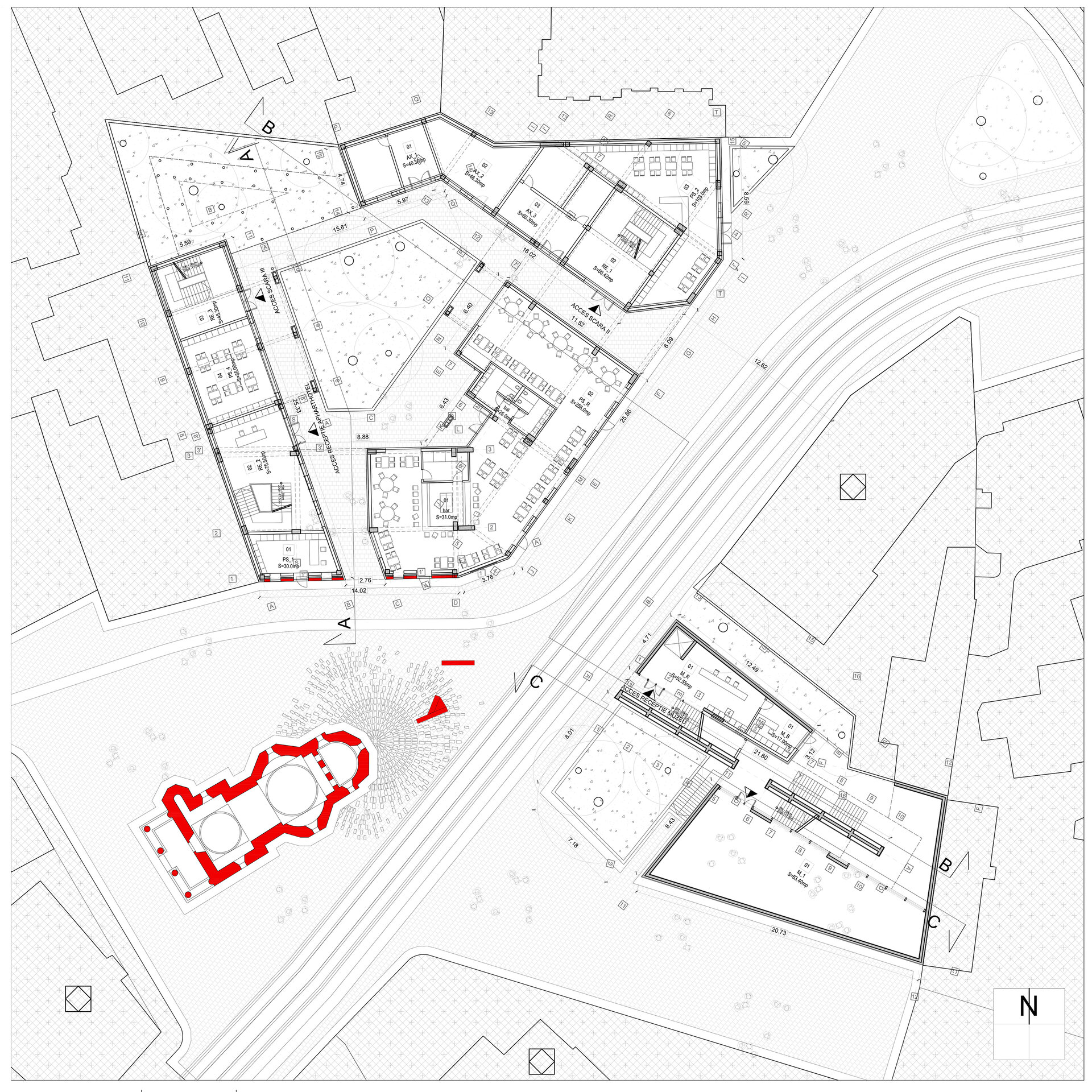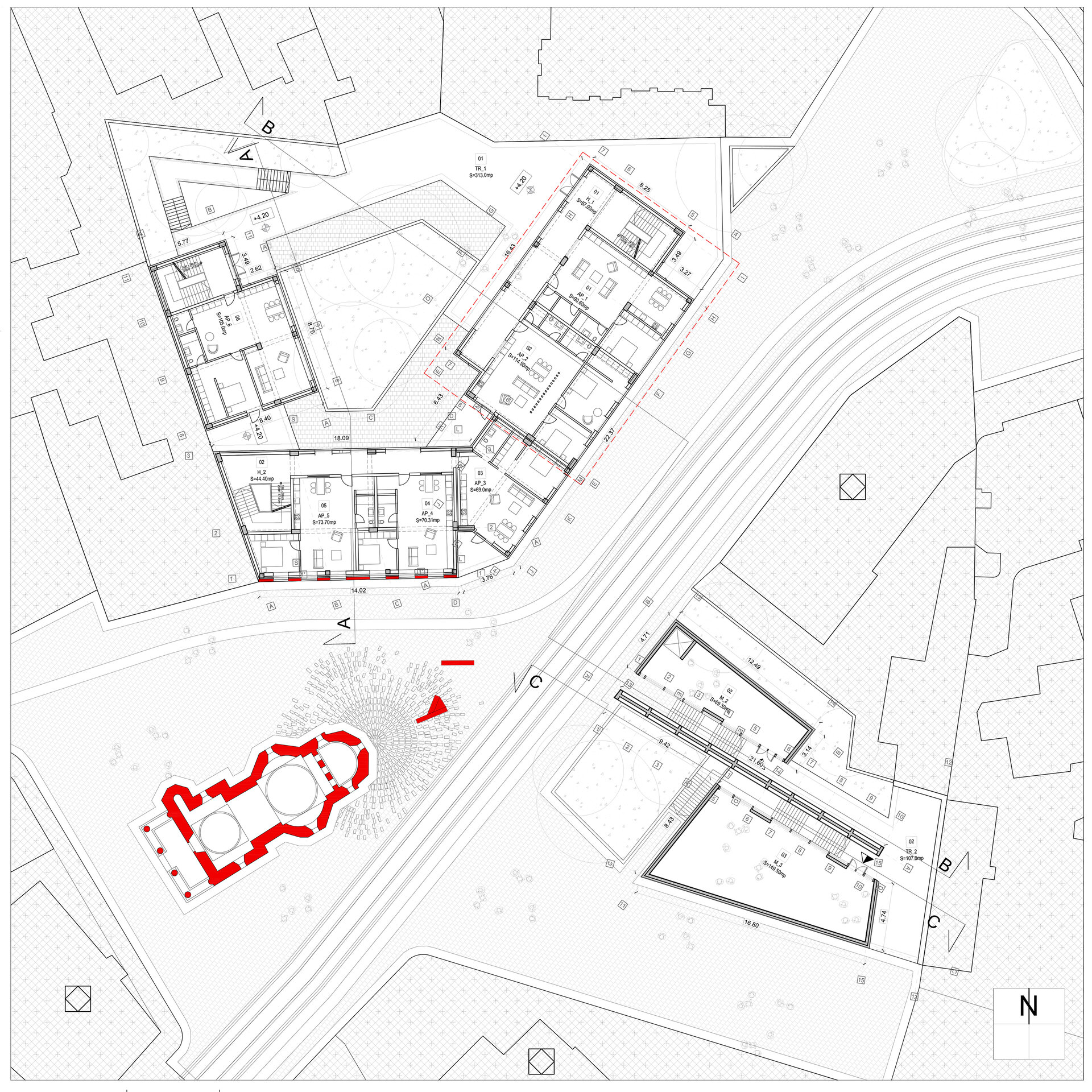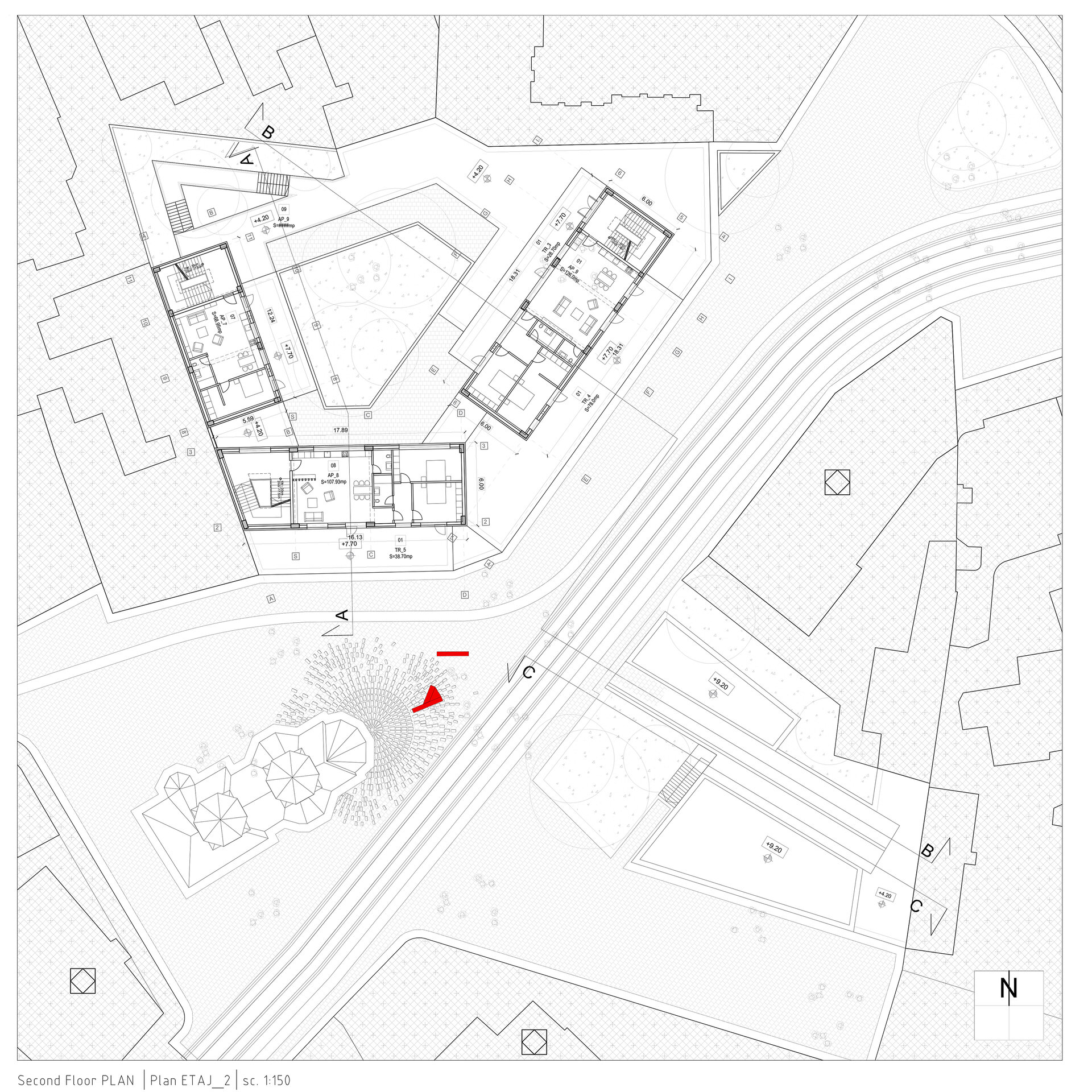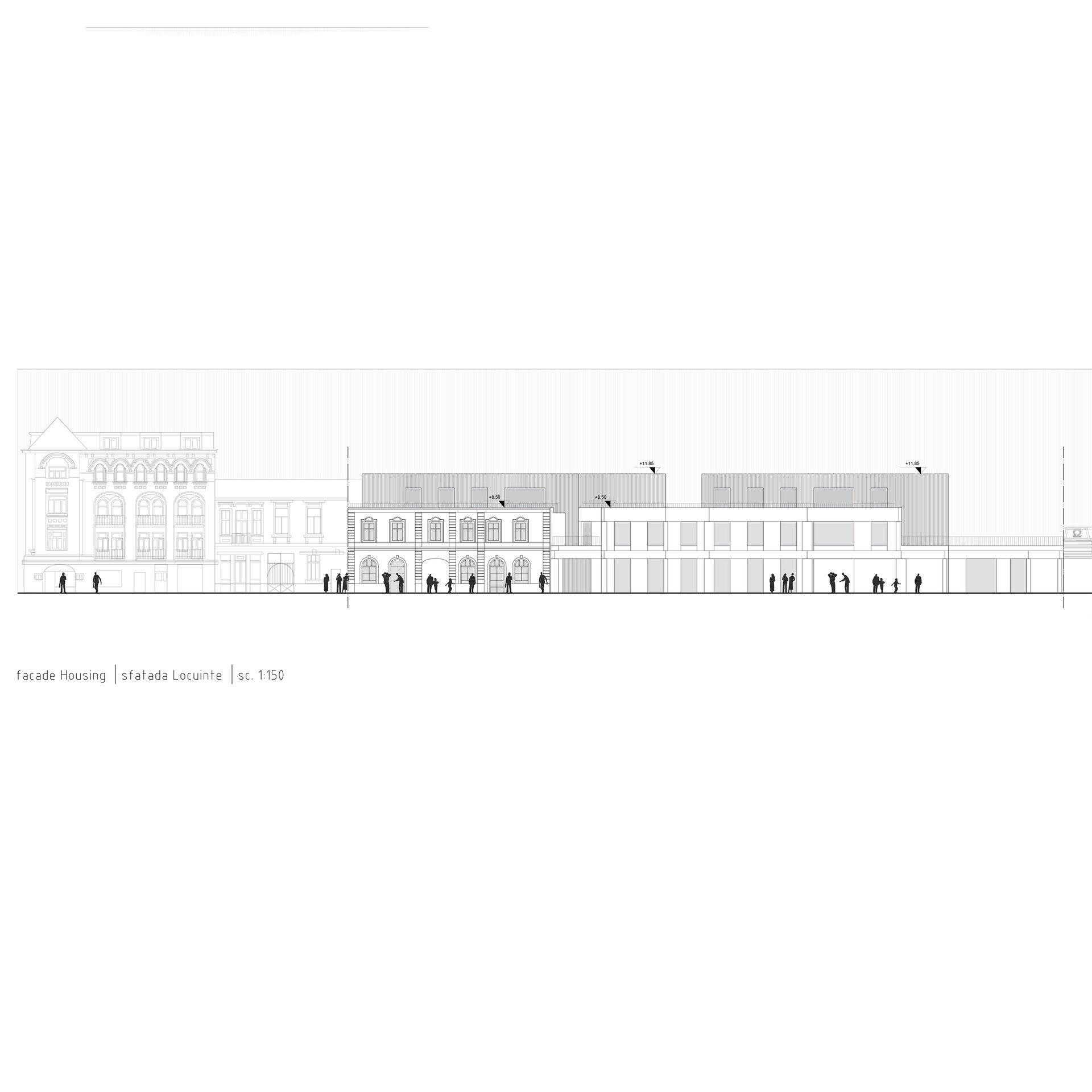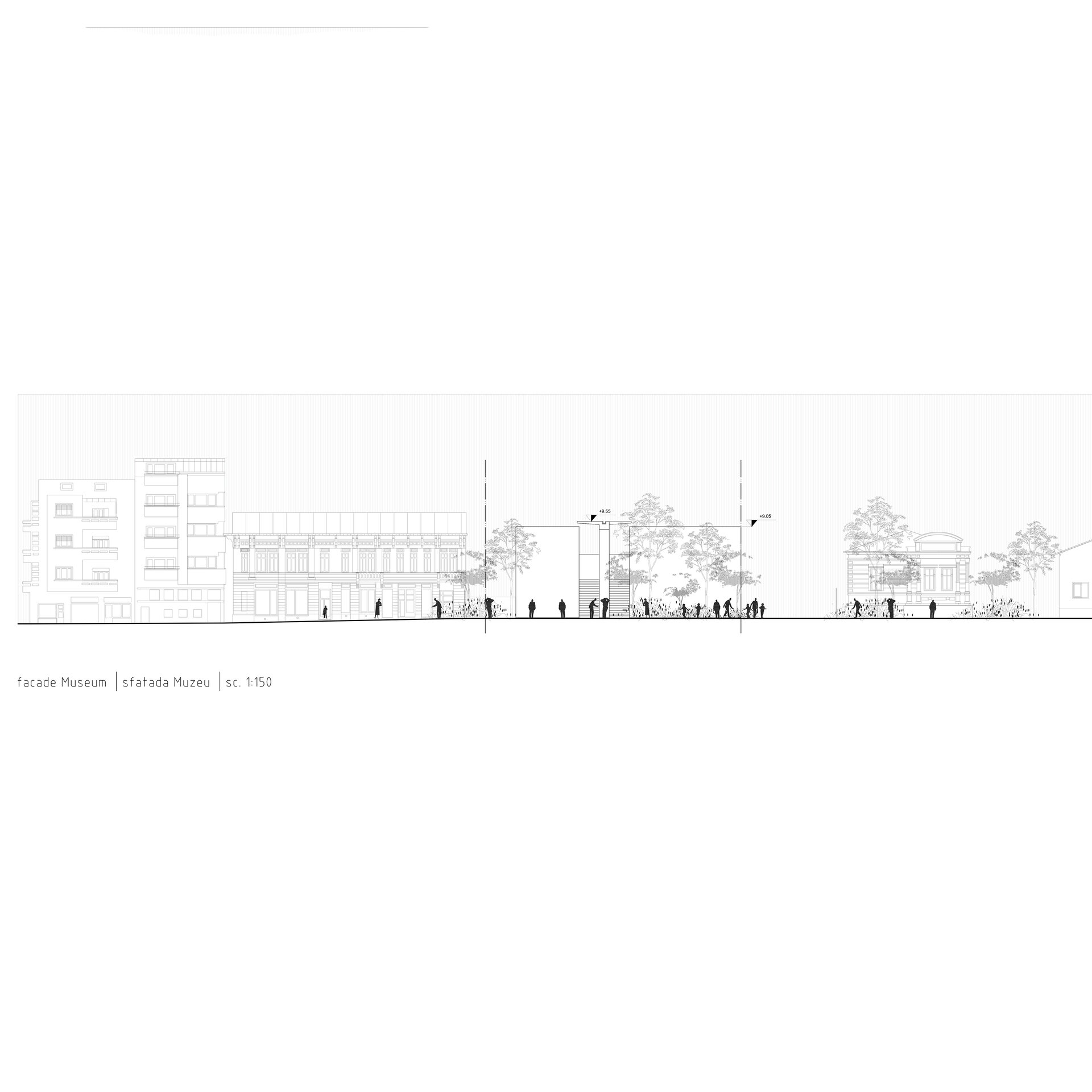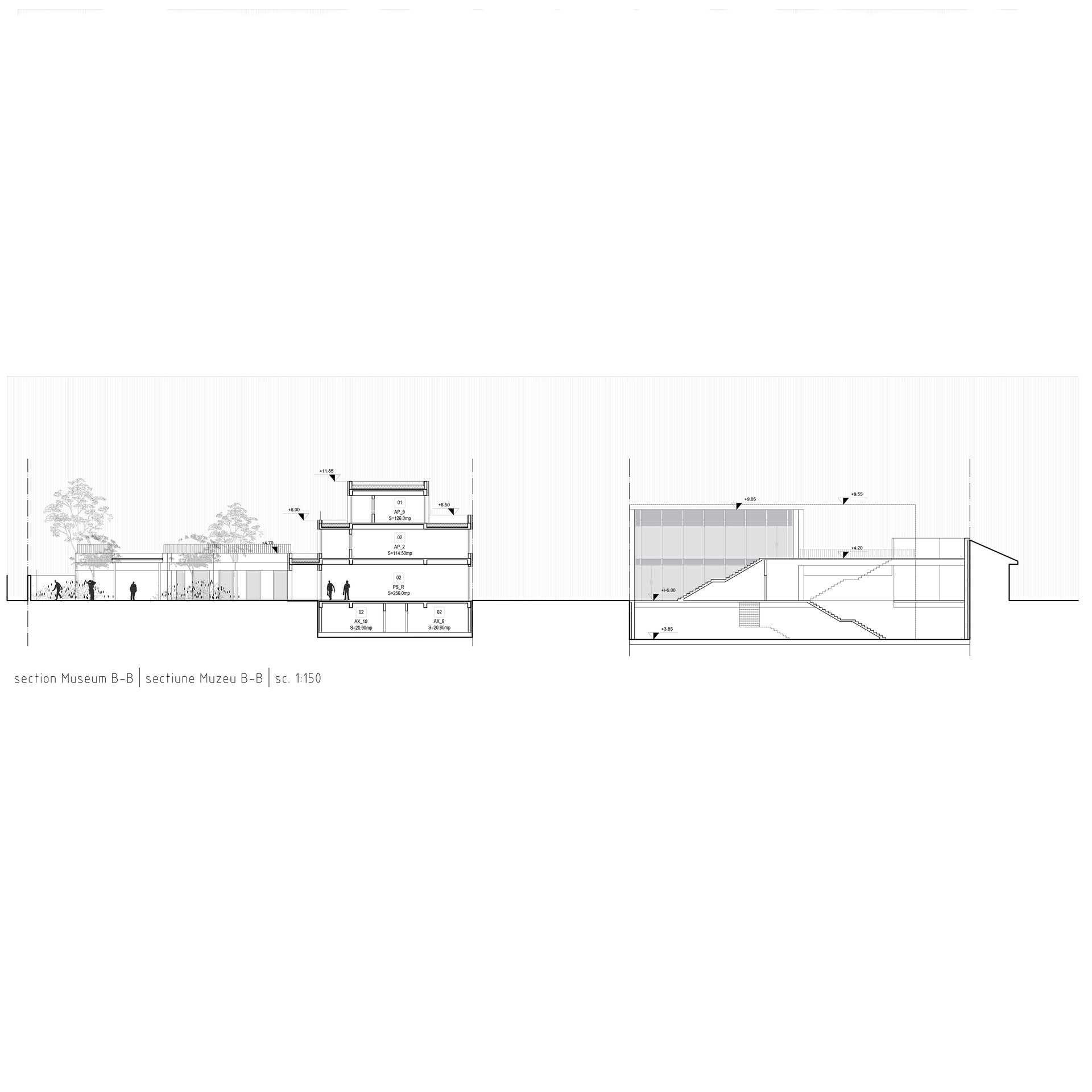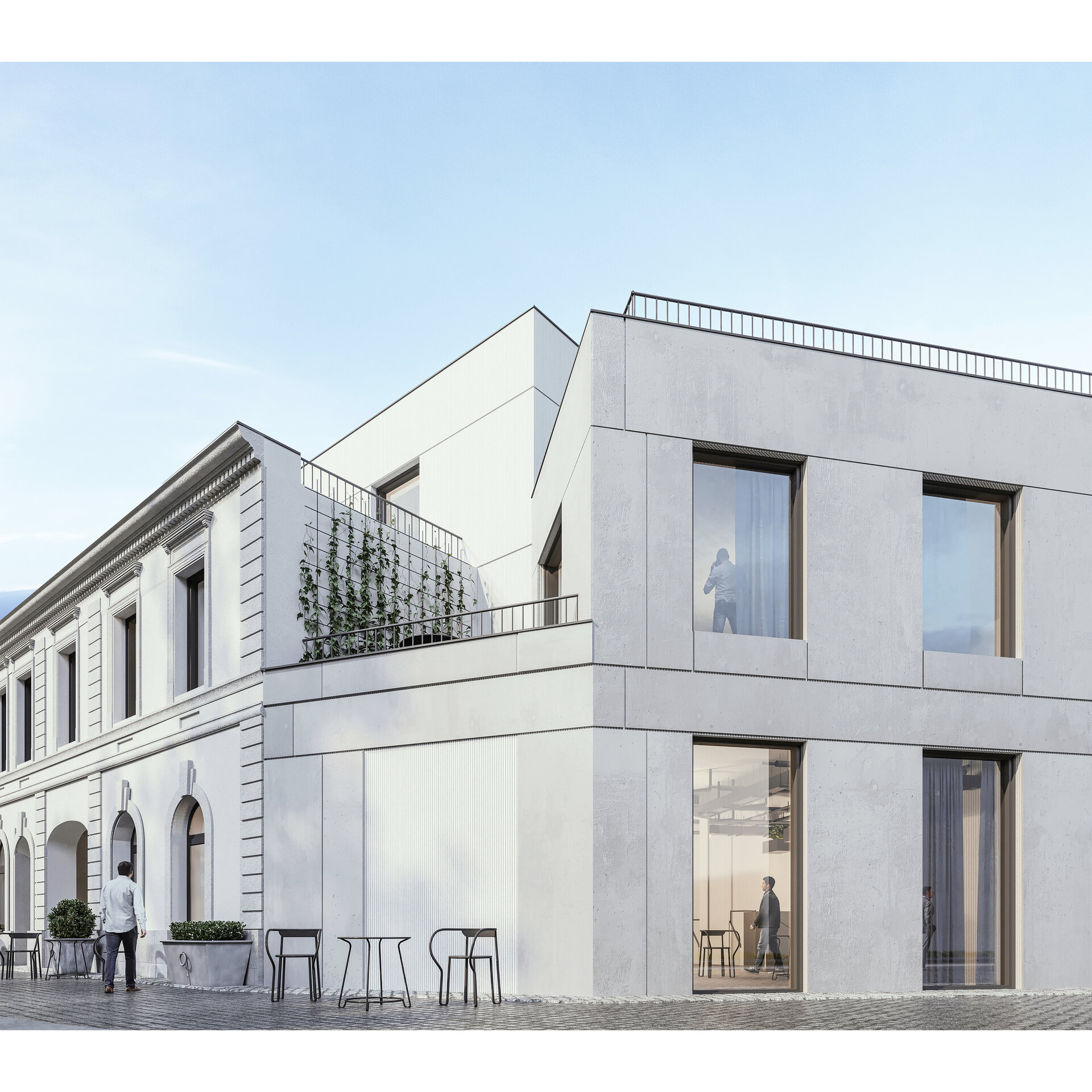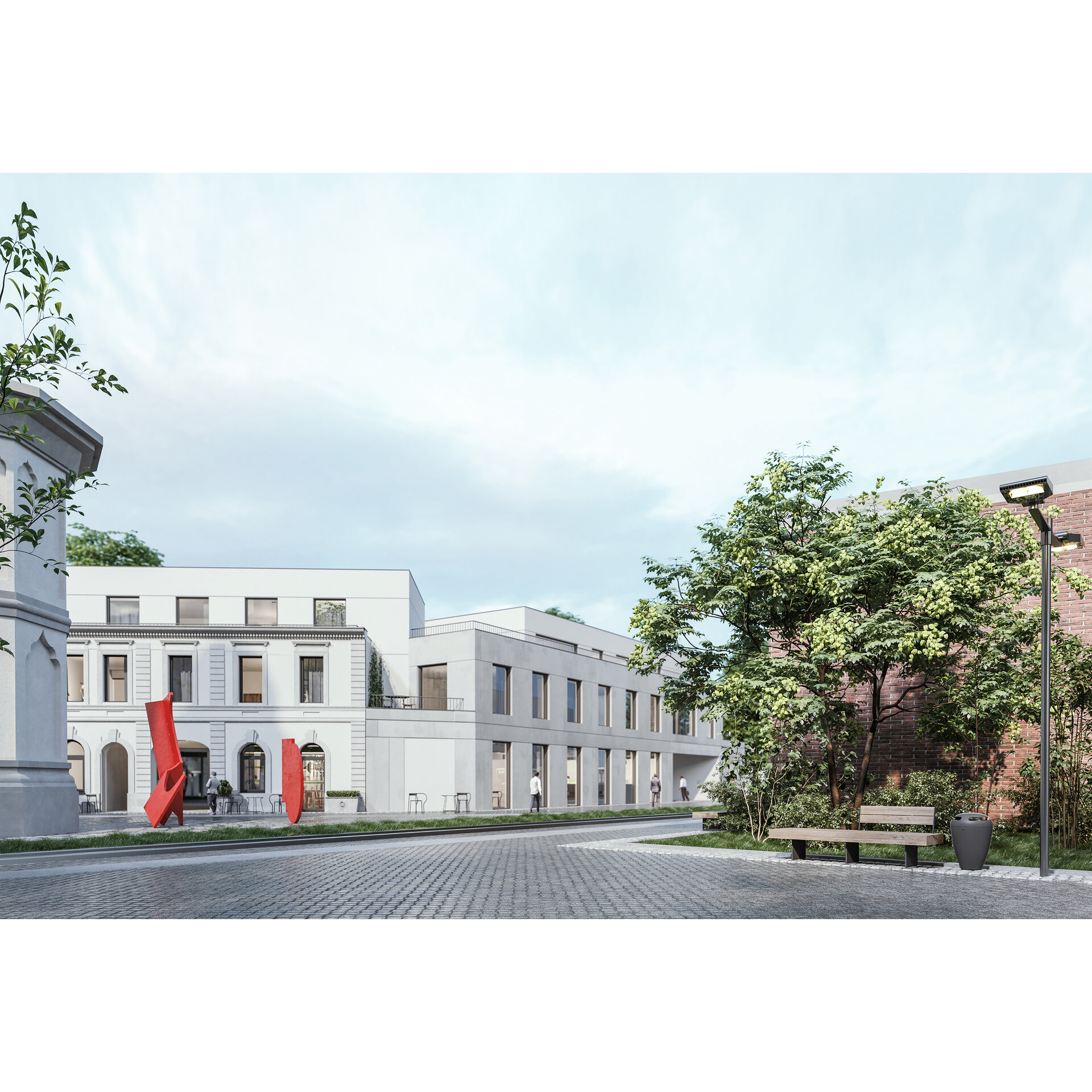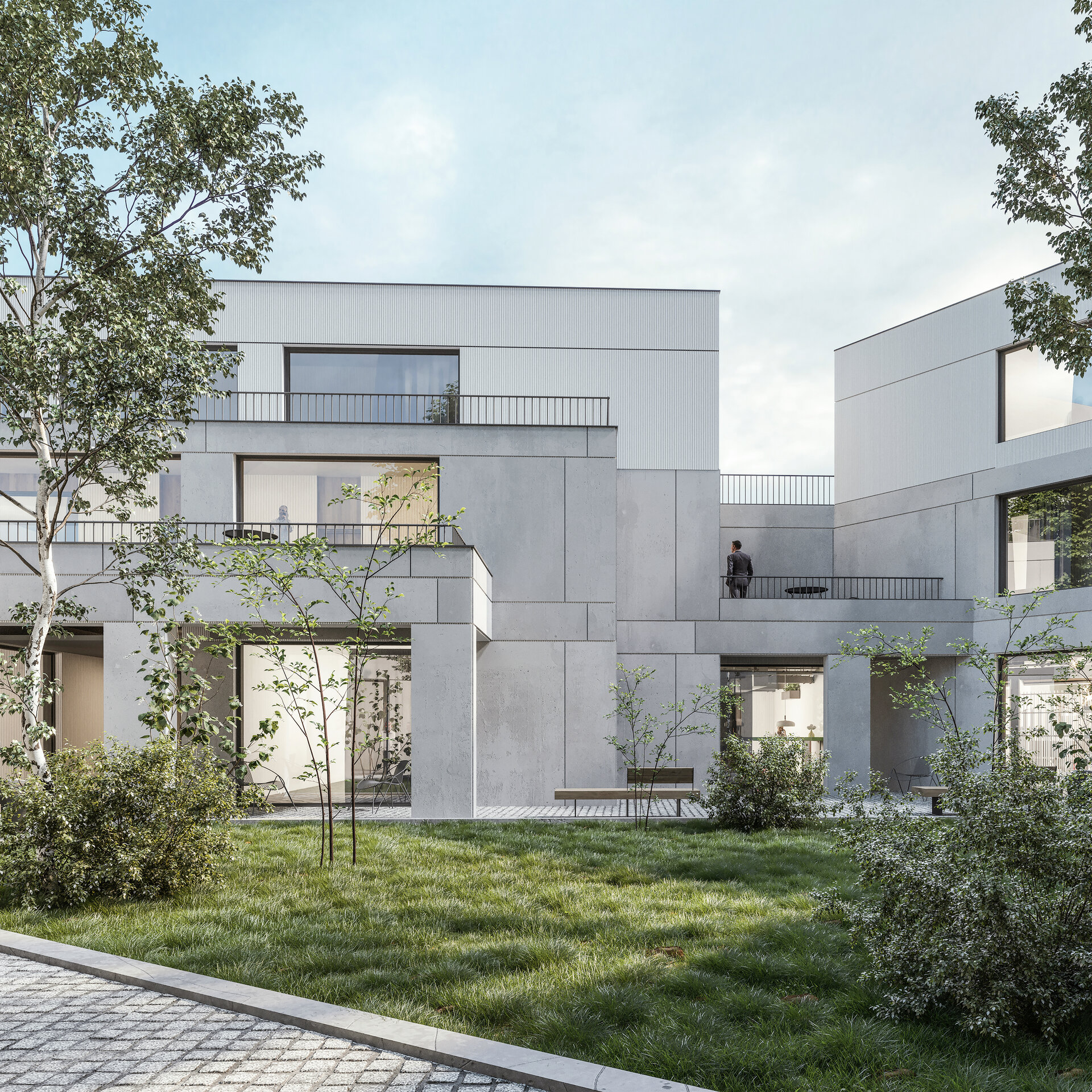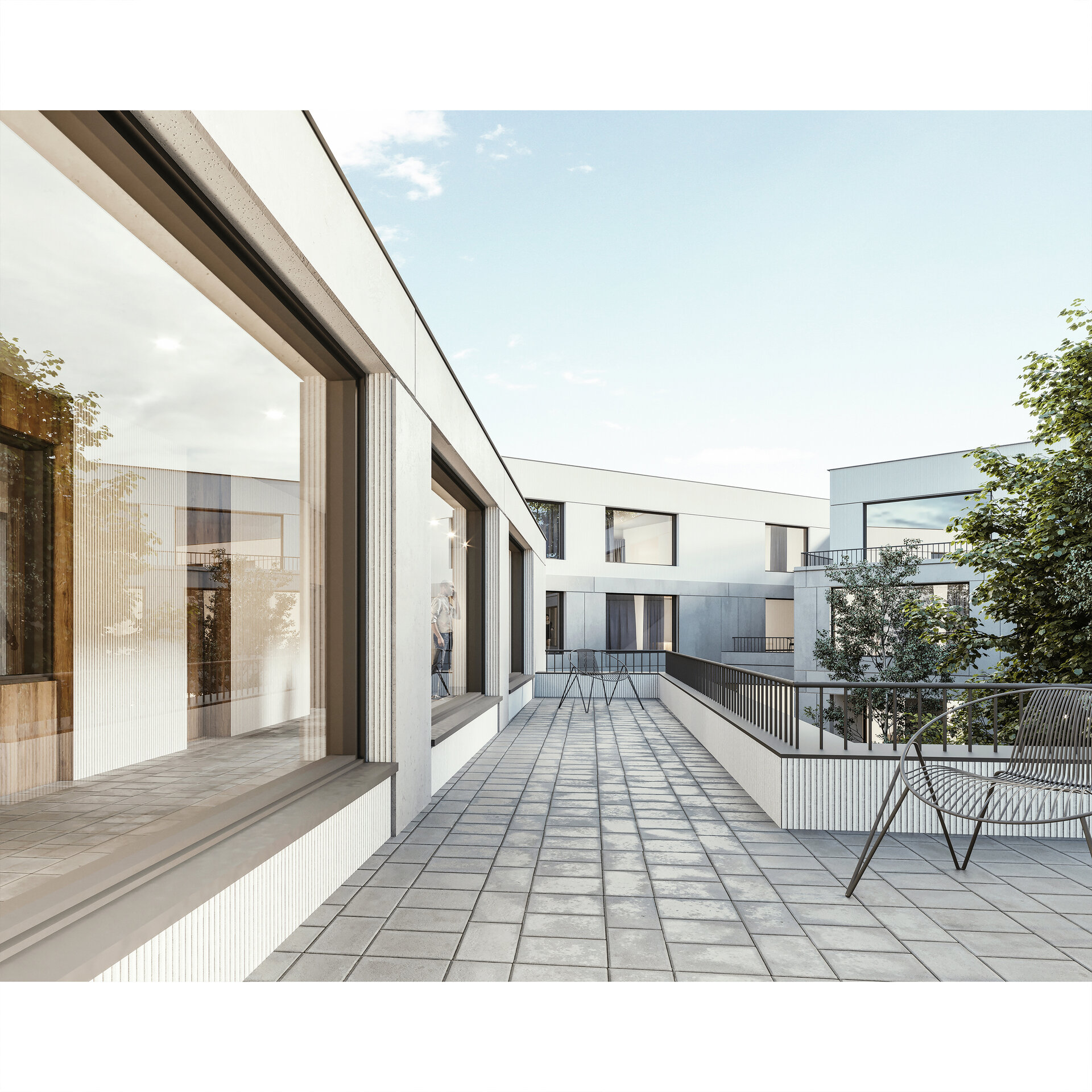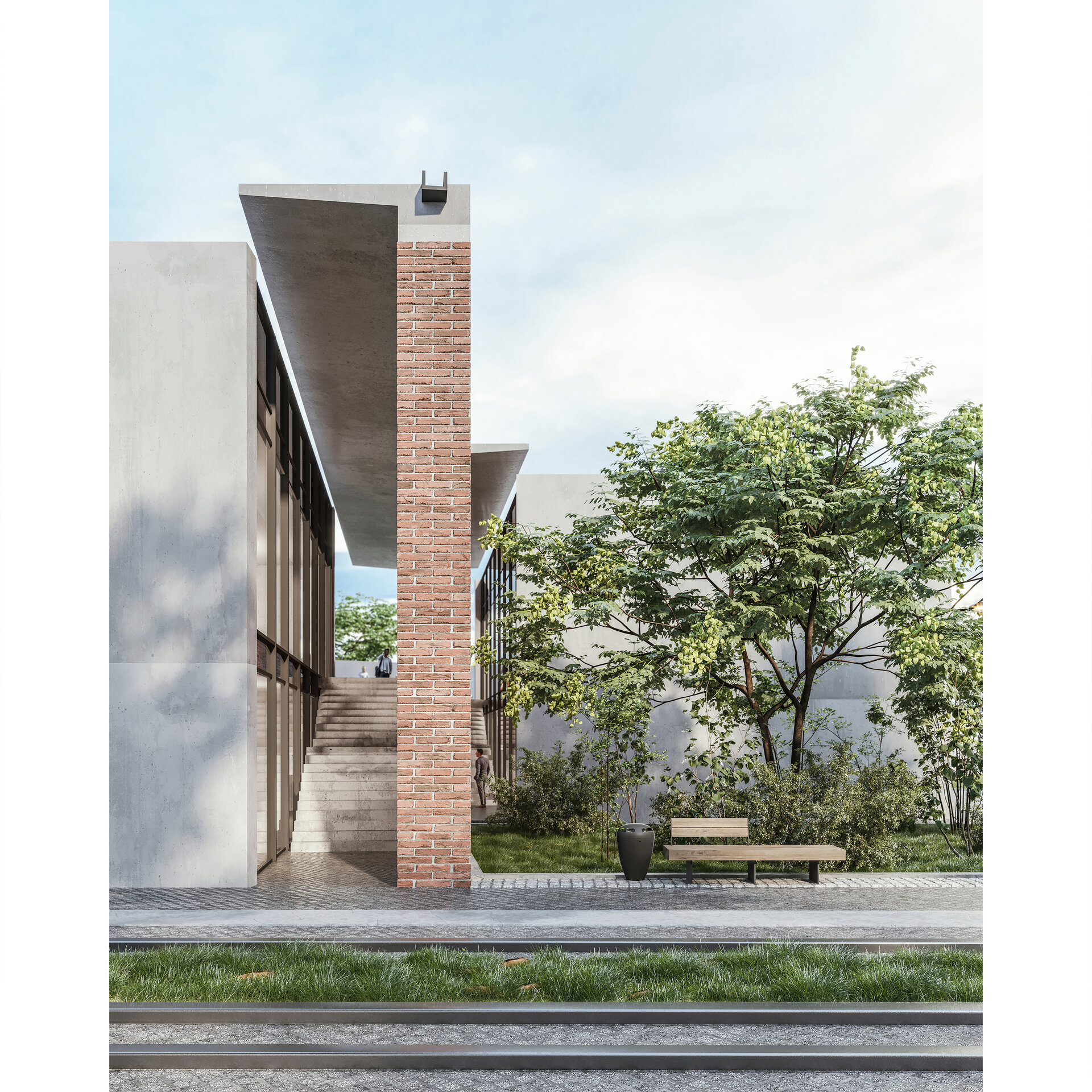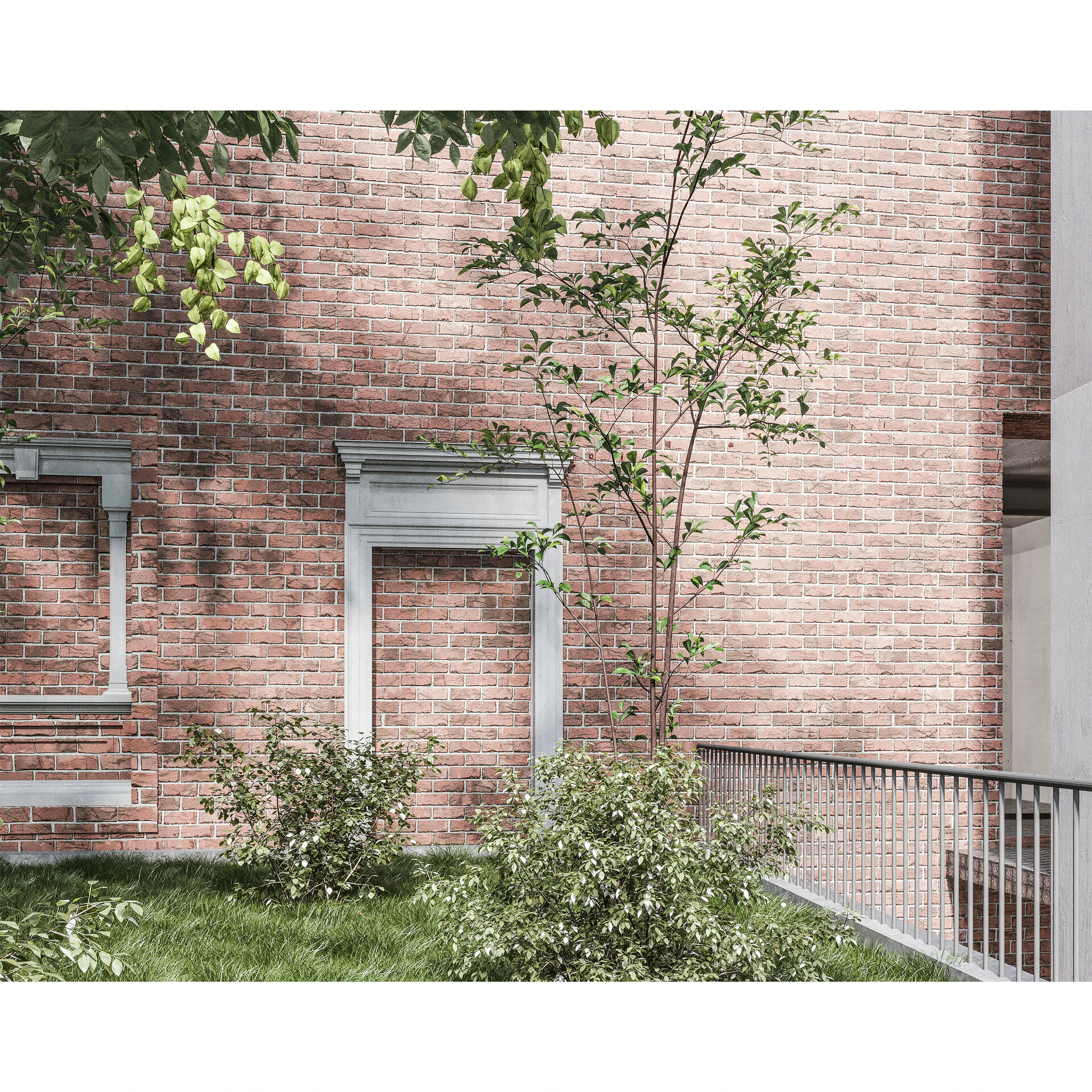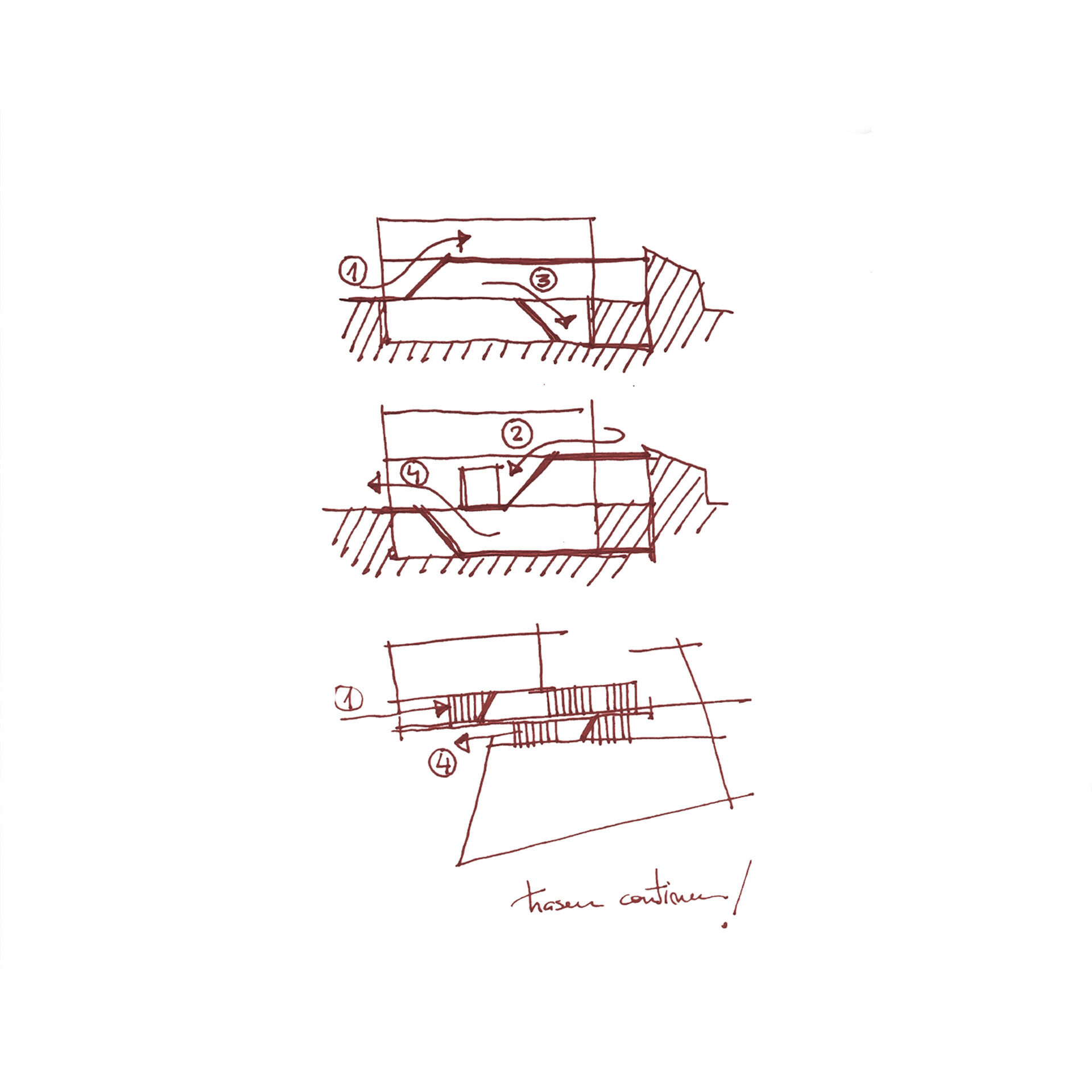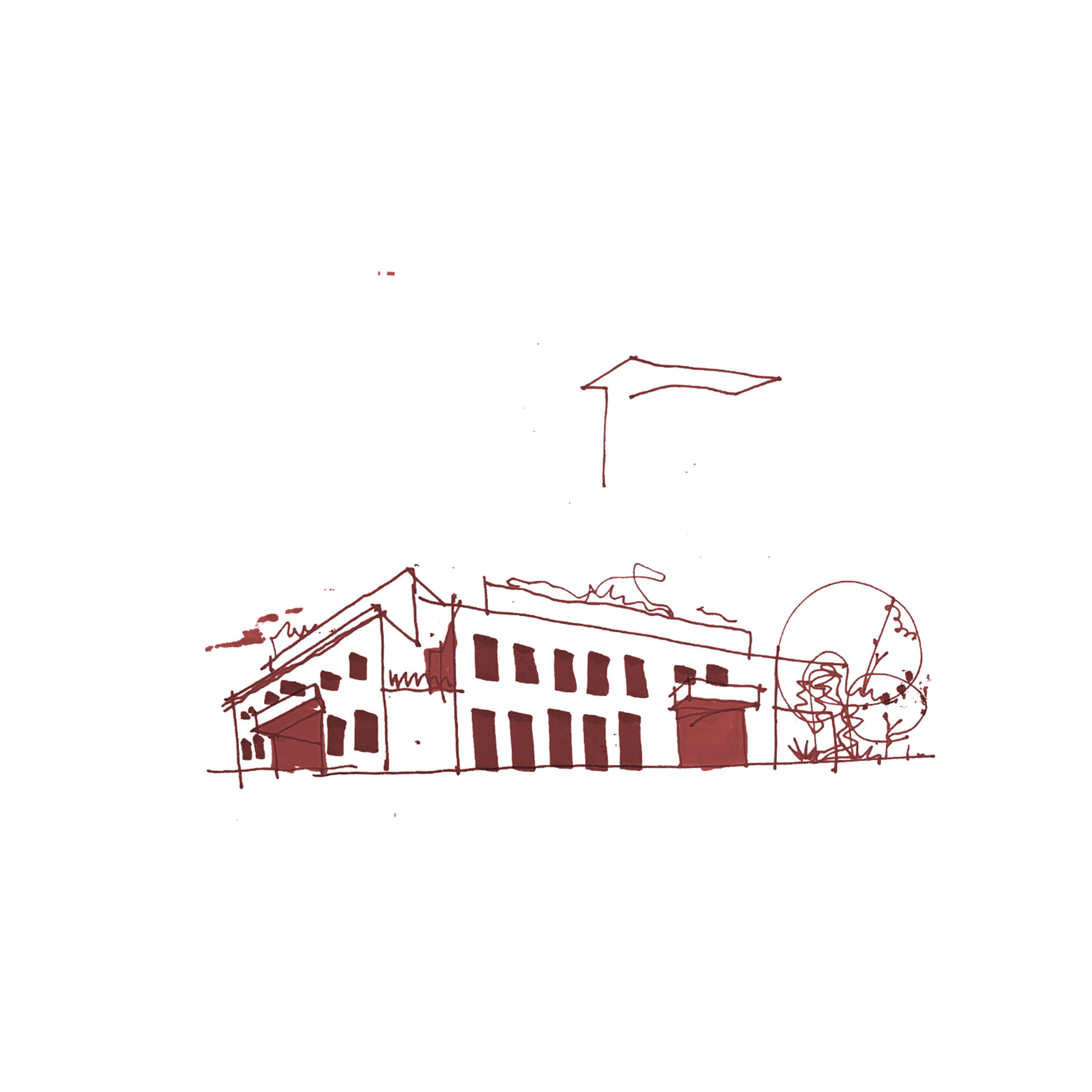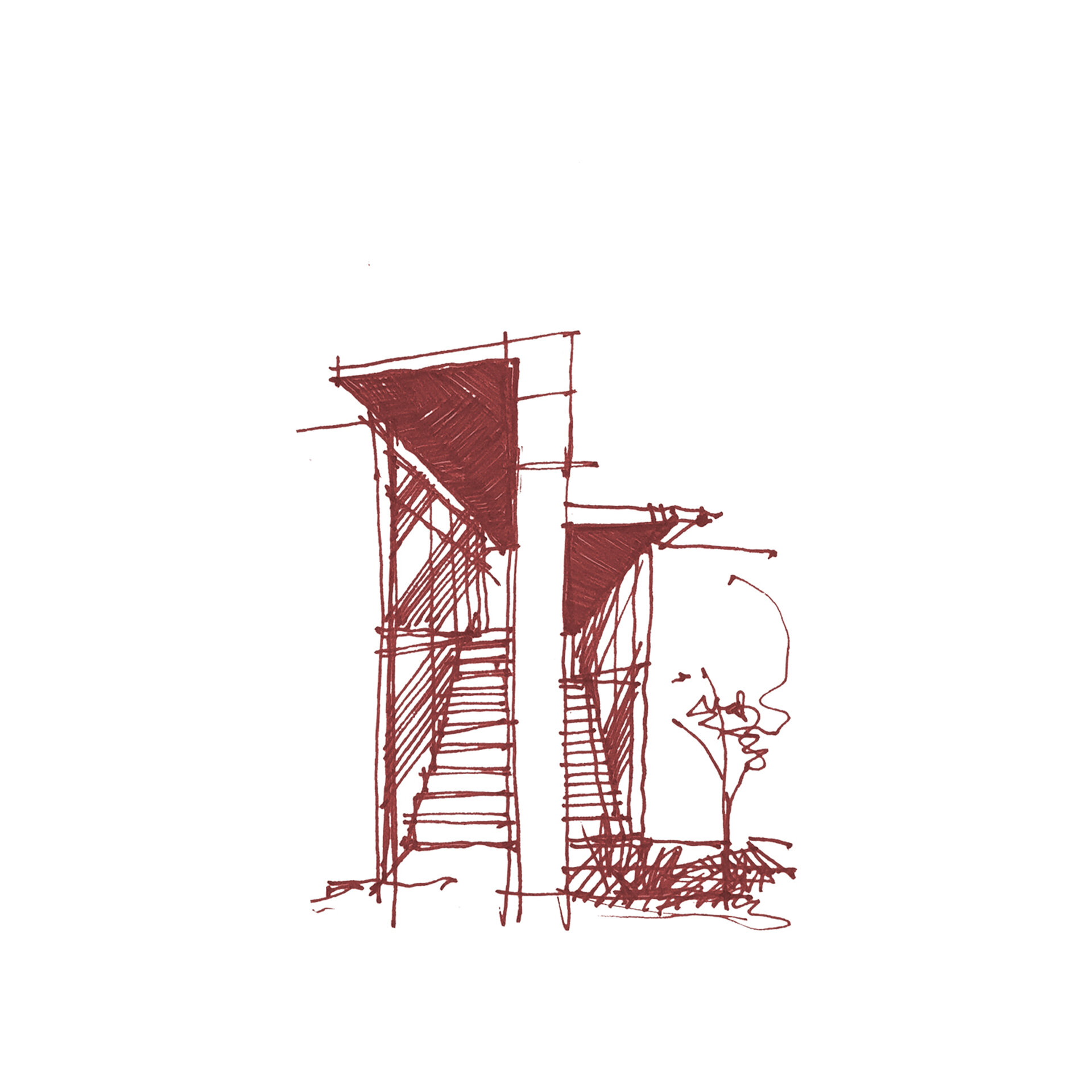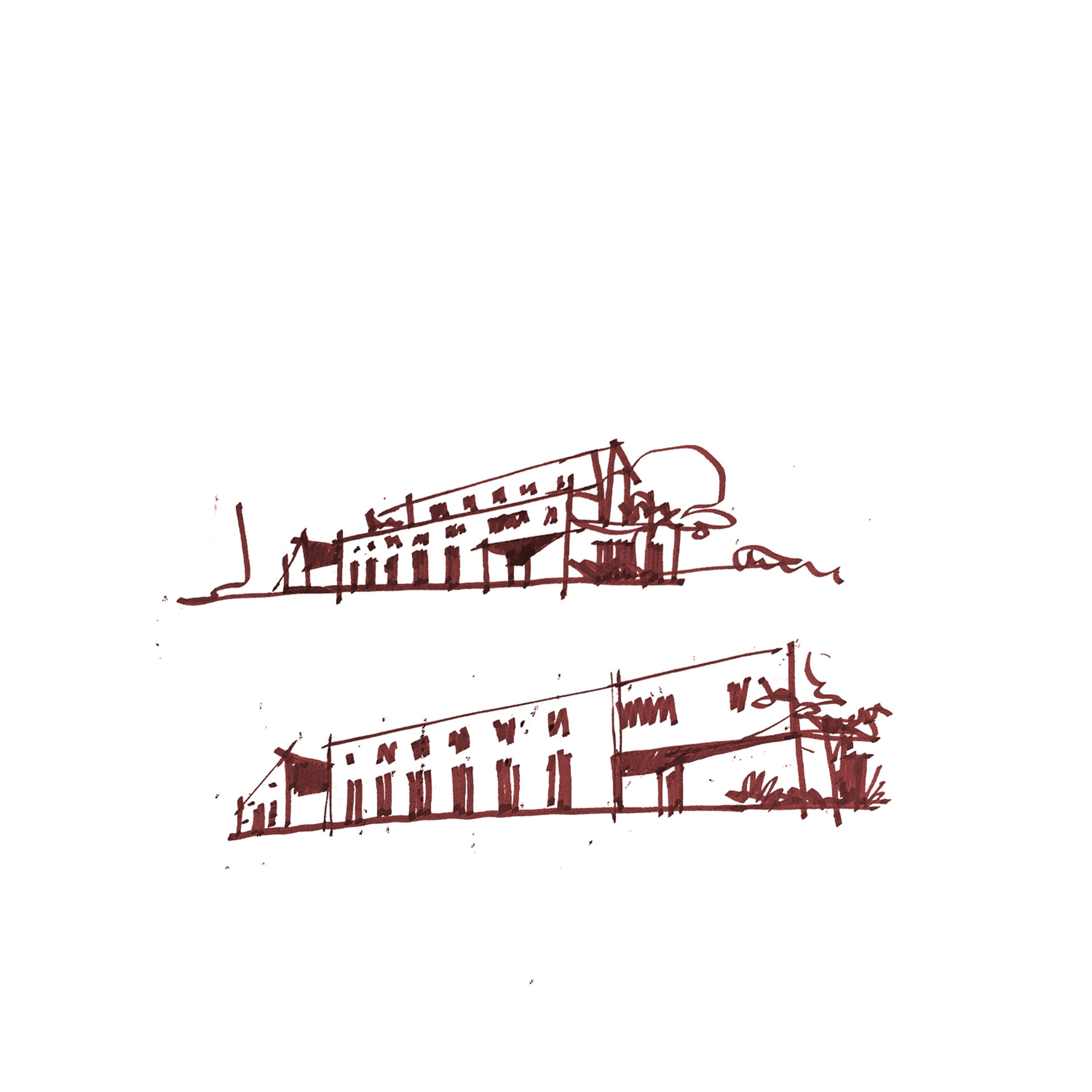
Urban Revitalization – Calea Moșilor
Authors’ Comment
Urban Revitalization - Calea Mosilor
“We shape our buildings, thereafter they shape us” Winston Churchil
Calea Mosilor, one of the oldest streets in Bucharest, once known as the Bridge of the Outdoor Fair, was the first paved street and needless to say, a commercial artery around which today’s city has developed.
The street itself was filled on both sides by small shops, former inns, tradesmen workshops, taverns, churches, and more.
This area is placed close to the Historical Center of Bucharest, and although it represents an extension of it, is in a continuous degradation. The central location, the connection with the North-South axis which crosses the city, and nevertheless the rich history of this street, give the site a very high potential of developing both locally and at the level of the entire city.
The aims of this project are alligned to descovering, analyzing and understanding the social, economic, political or cultural mechanisms that can generate an architectural response by referring to a historical site.
The urban revitalization of Calea Moşilor follows the principles of the “Quartier Vauban” project, placed in Freiburg, Germany, having as the first important aspect the transformation of the car streets into pedestrian alleys. This intention of transforming Calea Moşilor into a pedestrian one is also supported by the Bucharest development programs for the next 10-20 years ( PIDU Bucharest and PMUD Bucharest).
Other essential objectives of the project are: keeping the old tram line, proposing new green spaces throughout the streets as a connecting element, finding strategically located parking spots well connected to the pedestrian alleys and also to the bicycle lanes, so that the distance from the car to the house should not be longer than 8 minues.
That being said, I identifed three important areas of intervention along the street, following that on one of them I would create an exemple of good practice in the further development of the entire street.
The intervention area placed at the intersection of Calea Mosilor with Sfintilor street presents two emty lots, an old building with historical value in an advanced state of degradation ( but not a monument) and a church, this one being classified as a historical monument ( Biserica cu Sfinti).
Considering the character of the street and the previous function of the inn that the existing construction had, I chose to keep the residerectang ntial function with a commercial ground floor.
Although the existing building is not classified as a historical monument, I chose to refurbish its facade, and strating from it to propose an extension in a contemporary manner of this type of dwelling.
My proposal for this type of accommodation was the aparthotel, which imposed having a reception area and two separate access stairs in the ground floor area. On the 1st and 2nd floor I obtained a number of 9 apartments with different conformations and surfaces. One of the most important points of the project are the common or private outdoor spaces directly connected to the street, or the inner courtyard, which will permanently create new communties within the project.
Considering the central position of the project, in the exact middle of the historic street, I also proposed a museum of the Calea Mosilor street. Its concept is related to the visitor’s path, a continuous circulation around a brick wall which carries on it a series of frames and decorative elements taken from the architecture of the existing buildings of this street.
The exterior circulation of the wall presents four exhibition spaces placed at different levels of the building, which can host activities related to the history of Calea Mosilor, having an information area in the ground floor and technical spaces in the basement.
The public space created as a small square between these buildings re-connects the church, the commerce, the dwelling, the green spaces, and last but not least, the tram.
I will conclude with a short story about these two sculptures. On the Mosilor Street there was a drinking fountain near the Altar of the church, placed at the crossroad, which made me think of a way in which I can mark this place, so I asked for the help of a Romanian sculptor, Ioan Nemtoi, who helped me find among his works 2 scultptures, Adam and Eva, considering them appropiate with the context.
- Beyond the ruin. The conversion of the former tobacco warehouse of Isaccea
- Balneo-physio-therapeutic recovery center. Extension of Sylva Villa, Băile Govora
- Shelter with dignity
- The Bucharest City Loop
- Fort 13 Jilava. Political repression museum and research center
- Activating industrial premises – Student Center
- Hotel at Capidava
- Palaeontology research and visitor center – Hațeg District
- Memorial for the jews of Bukovina
- Agri-Park on the Nikolics domain
- Johann Michael Haydn Music Institute
- Creative Industries Factory in London
- Urban Cistern, Amman
- Refunctionalization and extension of the former sanatorium for border guards, Herculane Baths. Centre for body-mind treatment and accomodation
- “Țara Hațegului” International UNESCO Geopark. Fragments. Territorial diversity path
- The Roundhouse: built heritage academy
- Equestrian center of recovery and leisure on the former racecourse of “Nicolae Romanescu” park
- House of Movement. Ballet school and performing arts center in Bucharest
- Lacustrine Resort. The Danube River at Corabia
- Ludoteca
- Extension of the Baths ensamble, Băile Govora
- Drama Memorial
- New Public Architecture as Infill in Historical Context, Bucharest
- ECORIUM Local ecosystem research center
- Artist in Residence – Nae Petrescu Houses – Plantelor Street No. 56-58
- Extention of Public School of Arts and Crafts
- The Castle with Unicorns. Reactivation through school, arts and crafts of the Kornis Castle Ensemble in Mănăstirea Village
- House of games
- A New City Center – Conversion of the Pozzi Ceramic Factory, Laveno, Italy
- Urban Revitalization – Calea Moșilor
- Archaeological cultural center in the Constanta Peninsula
- Lapidarium. Extension of “Vasile Pârvan” Institute of Archaeology, Bucharest
- Pavilion complex within the “Măgura” sculpture camp, Buzău
- Recovery, revitalisation and insertion. Creative hub
- Integration through co-presence – Câmpulung Cultural Center
- C.U.B. Urban revitalization through social inclusion and cultural diversity
- Spatial Connections and Functional Conversion of Customs Warehouse, Bucharest
- ARTnEST – Performing Arts Center on Calea Victoriei
- Trauma and continuity – National Jewish museum, Victory Square, Bucharest
- Technological transformation hub
- The Enchanted Gardens of Ada Kaleh
- The revitalization of the Filipescu Park, Cultural Park Filipescu
- Terry Winery, Dragasani
- Mixed-function tower building (offices-hotel)
- Elca Market Square, Craiova
- The regeneration of Textila Factory
- Via Golden Quadrilateral. C Area. The Flow of Memory in Buciuman Cultural Landscape
